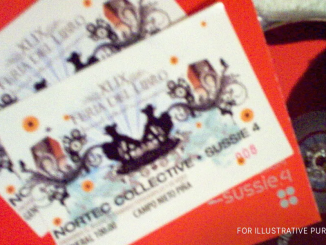
Unraveling the Mystery of Bologna
Have you ever wondered what exactly is in a bologna sandwich? Similar to hot dogs and SPAM, bologna has a bit of a mysterious reputation. It’s a lunchtime favorite and a common sight in supermarkets, but its ingredients and origins often leave consumers curious.
A Variety of Ingredients and Methods
Bologna, like many processed foods, can be made using different ingredients and methods depending on the manufacturer. It can be crafted from cured beef, chicken, pork, or a combination of these meats. While some versions use premium cuts of meat, others may include organs and trimmings. However, it’s important to note that products with less desirable components are becoming increasingly rare in today’s market.
The meat used in bologna is cooked and smoked, often enclosed in natural casings made from animal intestines such as cows, sheep, or hogs. This may come as a surprise to some, but this practice is actually quite common in sausage-making and provides an alternative to synthetic casings.
Mortadella vs. Bologna: Cultural Differences
In the United States, bologna is a beloved sandwich filling. However, its Italian counterpart, mortadella, has some notable distinctions. Mortadella gets its name from the city of Bologna in Italy and is known for its visible fat, peppercorns, and occasionally pistachios, which give it a unique texture and flavor. In contrast, American bologna has a more uniform texture due to emulsification.
U.S. regulations require that cooked sausages, including bologna, be emulsified into a consistent pink paste. This means that the texture and ingredients of American bologna are quite different from those of mortadella.
Unveiling the Label: Ingredients and Processing
Popular bologna brands, such as Oscar Mayer, often include mechanically separated chicken and pork in their products, as well as spices like salt, pepper, celery seed, coriander, and paprika. Corn syrup is often used as a sweetener, while myrtle berry adds a distinctive flavor.
While the specific spice blends used in bologna may be kept secret, most brands openly list their ingredients on the packaging. Despite some misconceptions, mass-produced bologna can be a tasty option if you’re comfortable with its processed nature.
Next time you enjoy a bologna sandwich, you can impress others with your knowledge of its diverse ingredients and cultural distinctions.



Leave a Reply